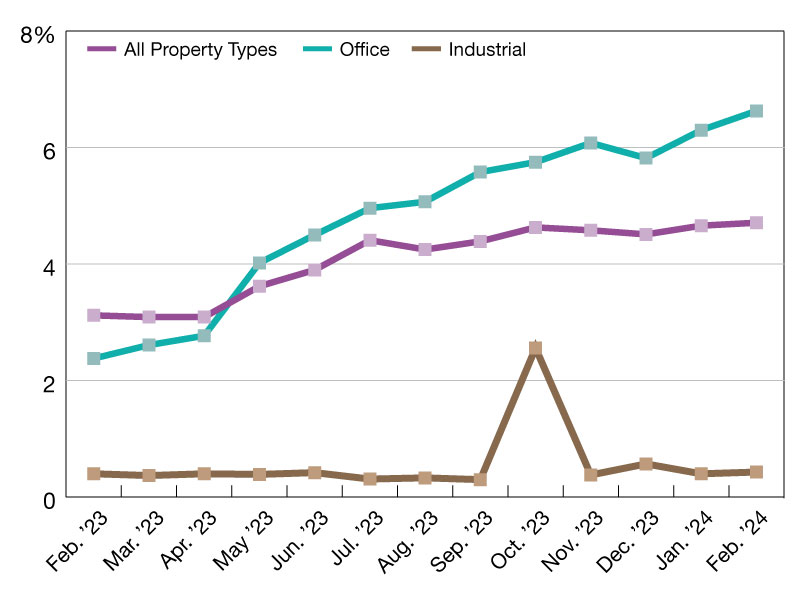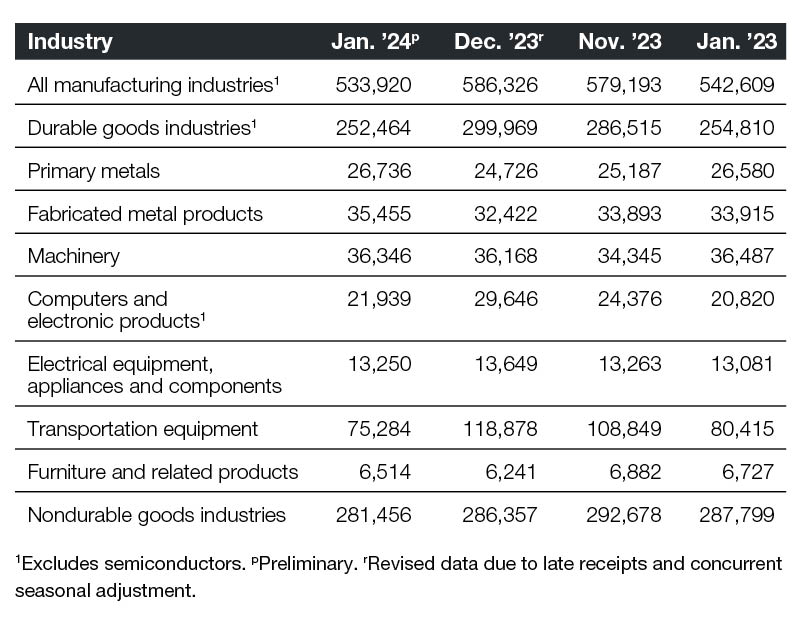Does Tax Reform Provide Life Support for the Retail Market?
After the Tax Cuts and Jobs Act, the question remains whether the retail sector will reap benefits that will allow it to more easily navigate its evolving business model driven by changing consumer preferences.
By Laura Jackson
 Four months after the passage of the largest tax reform in 30 years, known as the Tax Cuts and Jobs Act (TCJA), the question remains whether the retail sector will reap benefits that will allow it to more easily navigate its evolving business model changes driven by changing consumer preferences.
Four months after the passage of the largest tax reform in 30 years, known as the Tax Cuts and Jobs Act (TCJA), the question remains whether the retail sector will reap benefits that will allow it to more easily navigate its evolving business model changes driven by changing consumer preferences.
The most significant impact of the TCJA to retail is the decrease in corporate tax rates, as most retailers are organized in corporate form. Under prior law, corporations were taxed on income at a graduated, four-step rate, which topped out at 35 percent. When adding in state and local income taxes, retailers often had effective tax rates upwards of 37 percent. With this lower federal rate of 21 percent, brick-and-mortar retailers will have more money to invest in marketing and distribution, making it easier to compete with e-tailers like Amazon.
In addition to the cut in the corporate rate, retailers may benefit from the reduced rates that individual taxpayers will receive starting in 2018. The TCJA widens the individual tax brackets while lowering the top tax bracket from 39.6 percent to 37 percent and maintains the bottom tax rate at 10 percent. This will put more money into consumers’ pockets, which retailers hope to translate into more spending at their stores. Geographically, these results may vary due to the limitation of state and local tax deductions in high-tax states such as New York and California.
Other provisions included in the TCJA, like special depreciation deductions, may boost development for some retail corporations. The TCJA has reinstituted the concept of “bonus” depreciation, which allows companies to immediately expense an investment in equipment, rather than depreciate it over a period of five or seven years. However, an oversight in the final TCJA draft omitted “qualified improvements.” Unless a technical correction is issued by the IRS, property that falls under this category would not be eligible for the immediate deduction and would instead have to be depreciated over 39 years.
Changing Practices
Due to the rise in electronic retail giants, some brick-and-mortar retailers are shifting the way they are operating their business. One big box retailer is growing its “small store” model, building smaller scale stores where a typical store would not fit, like large cities or college campuses. The bonus depreciation provisions of the TCJA may benefit these new stores by allowing the write-off of fixed assets.
Other real estate companies with retail portfolios are deploying technology to maximize returns on their portfolio. Kimco Realty Corp. recently introduced “Pop It Up Here!,” an online database of available pop-up sites. Short leases to pop-up shops will give adjacent retail tenants instant customer access and foot traffic, while maximizing the landlord’s ability to procure a long-term tenant. While REITs may not experience significant federal tax savings from the TCJA, retailers may invest their tax savings in technology to promote branding and grow the bottom line.
Shopping malls across America are taking a different approach to meeting the needs of evolving consumer demands by offering experiential shopping and food halls alongside traditional retail stores. Prior to the TCJA, all business meals and entertainment were 50 percent deductible. Under the new law, business meals will remain 50 percent deductible, but the entertainment portion is no longer deductible. With the entertainment deduction eliminated, it is unclear whether shopping centers anchored by group entertainment options, such as movie theaters and bowling alleys, will suffer. A larger impact could be to the businesses surrounding stadiums and concert halls. If business executives are no longer motivated from a tax perspective to take clients out, will the nearby retailers suffer due to the decline in foot traffic?
Tech retailers also stand to gain in big ways from the TCJA. One of the main objectives of the TCJA was to migrate to a “territorial system” for taxation. To get there, the TCJA includes a provision for a one-time repatriation tax of 15.5 percent on income kept in foreign corporations. It is expected that companies will be able to bring back billions of dollars in cash into U.S. operations. What will companies do with all the cash repatriated? Plans to create thousands of new jobs and build new U.S. facilities are in the works.
Earlier this year, some states announced plans to conform with the changes to the federal tax system, but the majority have not released information on how the new rates and rules will play into computing state taxable income. Keeping track of the different rules by state will become a heavy administrative burden for large scale retailers with stores in every state.
Many of the provisions under the new tax reform are favorable to the retail industry. Retailers themselves will use the cash from tax savings to invest in their brand and improve the shopping experience intended to create additional sales. Retailers are optimistic that consumers will invest their tax cash savings in their products. It remains to be seen whether the influx of cash from tax savings will be enough to lure shoppers to stores and create the economic boost that many retailers need.
Laura Jackson is a managing director in the tax practice of the Real Estate & Infrastructure industry group at FTI Consulting. She may be contacted at [email protected].
The views expressed herein are those of the author and not necessarily the views of FTI Consulting Inc, their management, their subsidiaries, their affiliates, or their other professionals. FTI Consulting, Inc., including its subsidiaries and affiliates, is a consulting firm and is not a certified public accounting firm or a law firm.







You must be logged in to post a comment.